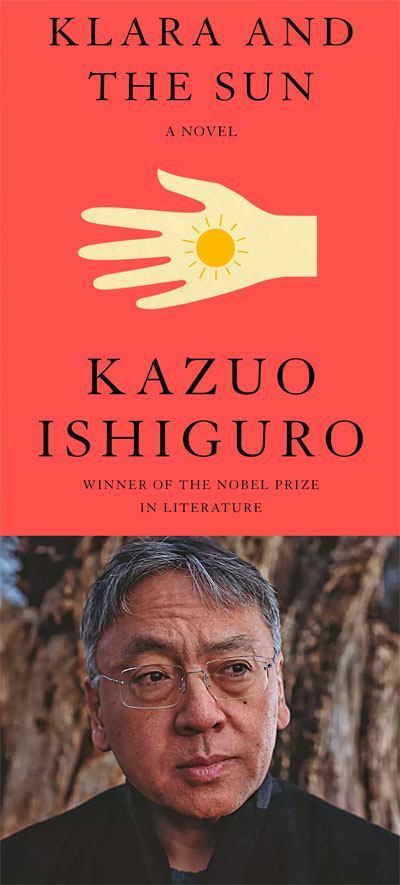by Thomas O’Dwyer
 For some time, Sir Kazuo Ishiguro has been slyly replacing Dame Iris Murdoch as the author to whom I most regularly return. His enchanting and disturbing new novel, Klara and the Sun, his first since winning the 2017 Nobel Prize, is unlikely to diminish this trend. I wrote in a previous column: “Iris was my ‘first’ at age 15 – first adult novelist and first woman writer, and she has remained fixed in my affections over the decades. Under the Net was also her first novel, published in 1954.” Time has moved on from Murdoch’s vanishing fictional worlds, from their now decrepit or deceased characters and their dated opinions. In recent decades we have been hovering on the fuzzy frontier of a strange near-future which many of us will not live to see clearly. Ishiguro seems to have a glimpse of it, and his vision leaves his readers both curious and queasy. Iris Murdoch can lead us, like Lawrence Durrell’s Justine, “link by link along the iron chains of memory to the city which we inhabited so briefly together.” It’s a firm and familiar journey, remembering the foreign country of the past. Ishiguro is eerier — he seems to be forcing us to remember the future. It hasn’t arrived yet, but it already feels as familiar and uncomfortable as our own past mistakes.
For some time, Sir Kazuo Ishiguro has been slyly replacing Dame Iris Murdoch as the author to whom I most regularly return. His enchanting and disturbing new novel, Klara and the Sun, his first since winning the 2017 Nobel Prize, is unlikely to diminish this trend. I wrote in a previous column: “Iris was my ‘first’ at age 15 – first adult novelist and first woman writer, and she has remained fixed in my affections over the decades. Under the Net was also her first novel, published in 1954.” Time has moved on from Murdoch’s vanishing fictional worlds, from their now decrepit or deceased characters and their dated opinions. In recent decades we have been hovering on the fuzzy frontier of a strange near-future which many of us will not live to see clearly. Ishiguro seems to have a glimpse of it, and his vision leaves his readers both curious and queasy. Iris Murdoch can lead us, like Lawrence Durrell’s Justine, “link by link along the iron chains of memory to the city which we inhabited so briefly together.” It’s a firm and familiar journey, remembering the foreign country of the past. Ishiguro is eerier — he seems to be forcing us to remember the future. It hasn’t arrived yet, but it already feels as familiar and uncomfortable as our own past mistakes.
Ishiguro’s first novel was A Pale View of Hills, but the first I read was An Artist of the Floating World. Both dealt with post-war Japan, so, given his name and topics, I lazily assumed this was a new Japanese writer in translation. Was he perhaps someone who would transcend his native language and become an international star like Colombia’s Gabriel García Márquez or Portugal’s José Saramago? Of course, he was not. He’s more like an Iris Murdoch, a rare specimen of a quintessentially English writer who arrived in England from somewhere else and, like her, became British enough to be knighted by the Queen. Ishiguro was born in Nagasaki. When he was five, his scientist father accepted a research post in England at the National Institute of Oceanography. The family settled permanently at Guildford in Surrey. Ishiguro had a complete British education, from grammar school to Kent University and a creative writing master’s degree at East Anglia University. He published A Pale View of Hills in 1982, aged 28. Read more »
